Denmark has a new monarch. King Frederik X ascended to the head of state on Sunday when his mother, Queen Margrethe II abdicated in a private meeting.
In Danish style the pomp and circumstance was kept to a minimum, even as more than one hundred thousand royal subjects turned out to celebrate in the capital city of Copenhagen.
Prime Minister Mette Frederiksen proclaimed King Frederik X to a sea of people from the balcony of Christiansborg Palace, the house of Danish Parliament.
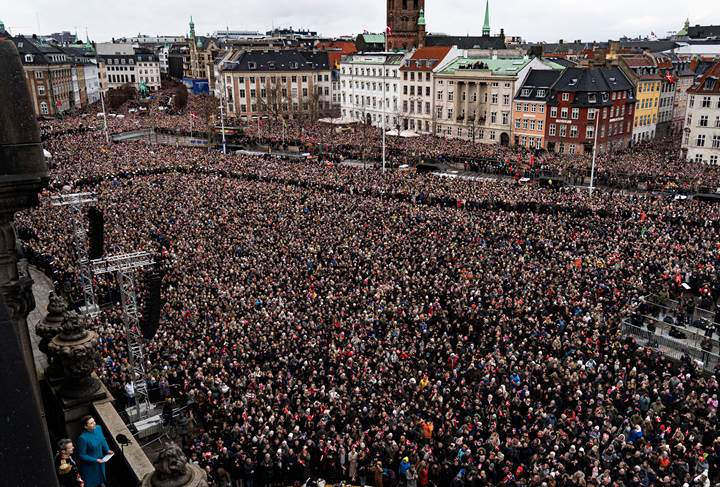
HM the King with the Prime Minister on the Balcony. Foto: Sine Tidsvilde | Statsministeriet
“Each queen and each king is a link in a more than thousand-year-old chain,” the Prime Minister said. “When one steps back, the next is ready.”
King Frederick (55) raised a white gloved hand, waving to acknowledge the cheering crowd, and wiped away a tear. In a speech, he praised his mother, saying she would “Always be remembered as an extraordinary ruler.”
And for himself he said that “My hope is to become a unifying king of tomorrow. It is a task I have been approaching all my life.”
His Majesty King Frederik André Henrik Christian, Count of Monpezat is the son of HM Queen Margrethe II and HM Prince Henrik of Denmark (d. 2018).
Per_Morten_Abrahamsen.jpg)
Per Morten Abrahamsen ©
Queen Margrethe II had become the longest-serving living monarch in Europe, reigning for 52 years. Considering her prodigious popularity, the announcement of plans to abdicate in her New Year’s Eve address came as a shock. Citing back surgery and other ailments the Queen (83) shared that “Time takes its toll.”
King Frederik and his wife Queen Mary (51) shared a kiss on the balcony before leaving Christiansborg in a horse-drawn carriage enroute to their residence at Amalienborg Palace.
Built in 1750 in the rococo style, the waterfront palace complex consists of four noble buildings surrounding an octagonal court.
The changing of the guards at Amalienborg Palace is a popular tourist attraction in Copenhagen. Every day at 1130, the Royal Life Guards march from the nearby barracks to the Palace to relieve the on-duty guard company.
Where Frederik met Mary
Sports fan Frederik met his future wife Mary Elizabeth Donaldson in a Pub at the Slip Inn—a Mexican-themed beer garden on King Street Wharf in Sydney. When they were introduced, Mary did not realize that Frederik was a crown prince. He was in Australia attending the 2000 Summer Olympics.
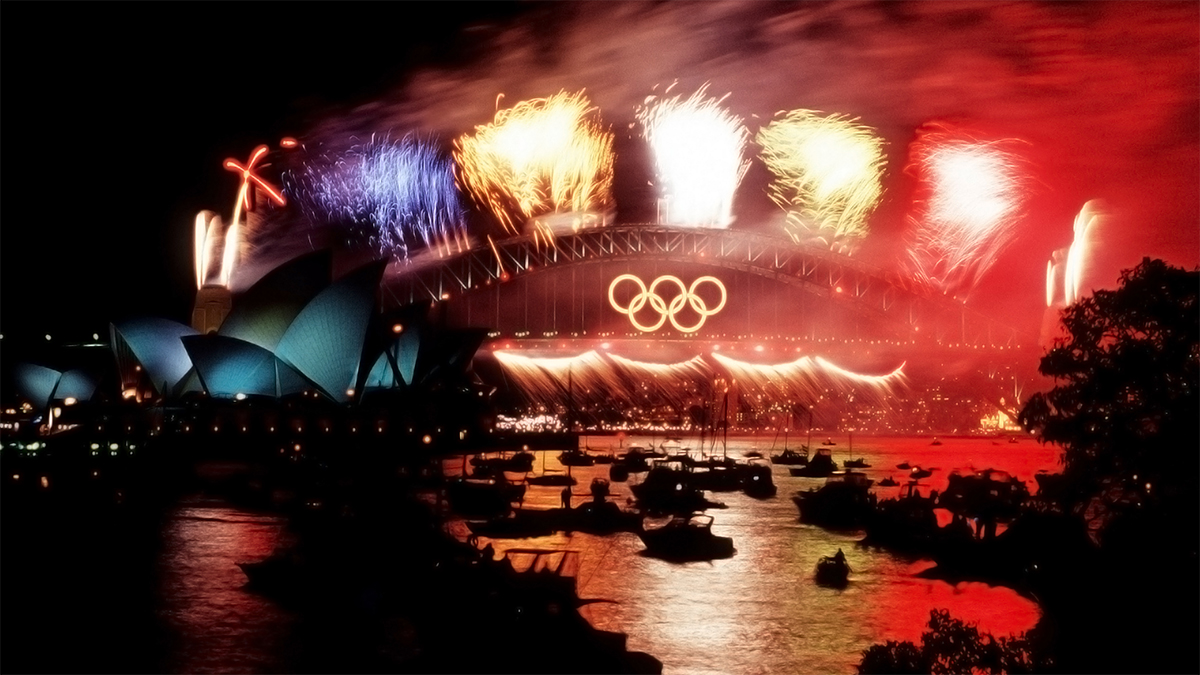
Mary grew up in Australia, and was working as a sales director for a real estate company, and had a background as an advertising executive. She has a Bachelor of Commerce and Law (BCom/ LLB) from the University of Tasmania, where her father had been a professor and Dean.
They soon entered into a long-distance relationship, with Frederik making several discrete visits to Australia.
Mary moved to Denmark in 2001, they were engaged in 2003, and married on 14 May 2004 at Copenhagen Cathedral. They have 4 children: Crown Prince Christian (18), Princess Isabella (16), and twins Prince Vincent (13), and Princess Josephine (13).
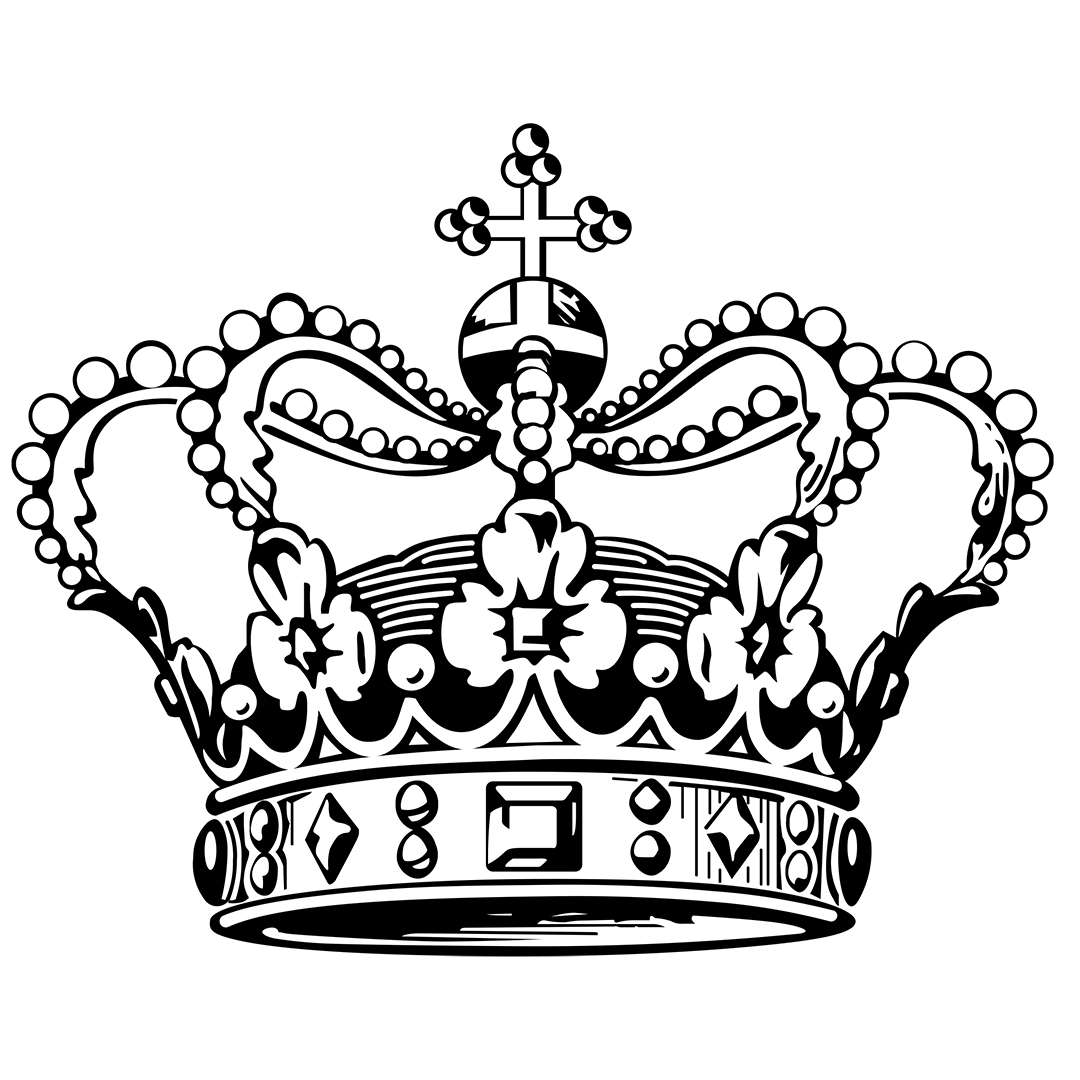
The Royal Danish Crown (of Christian V), Kongehuset©
Political Science & the Modern Monarchy
The Kingdom of Denmark is the realm over which the monarchy is head of state. It is comprised of the kingdom’s territory in continental Europe and the autonomous regions of the Faroe Islands and Greenland.
Danes overwhelming support the head of their constitutional monarchy. As such, King Frederik is now responsible for approving each new law passed by Danish parliament—while legislative powers have been in the hands of elected officials ever since the framework for democracy was enshrined in the Danish Constitution of 1849.
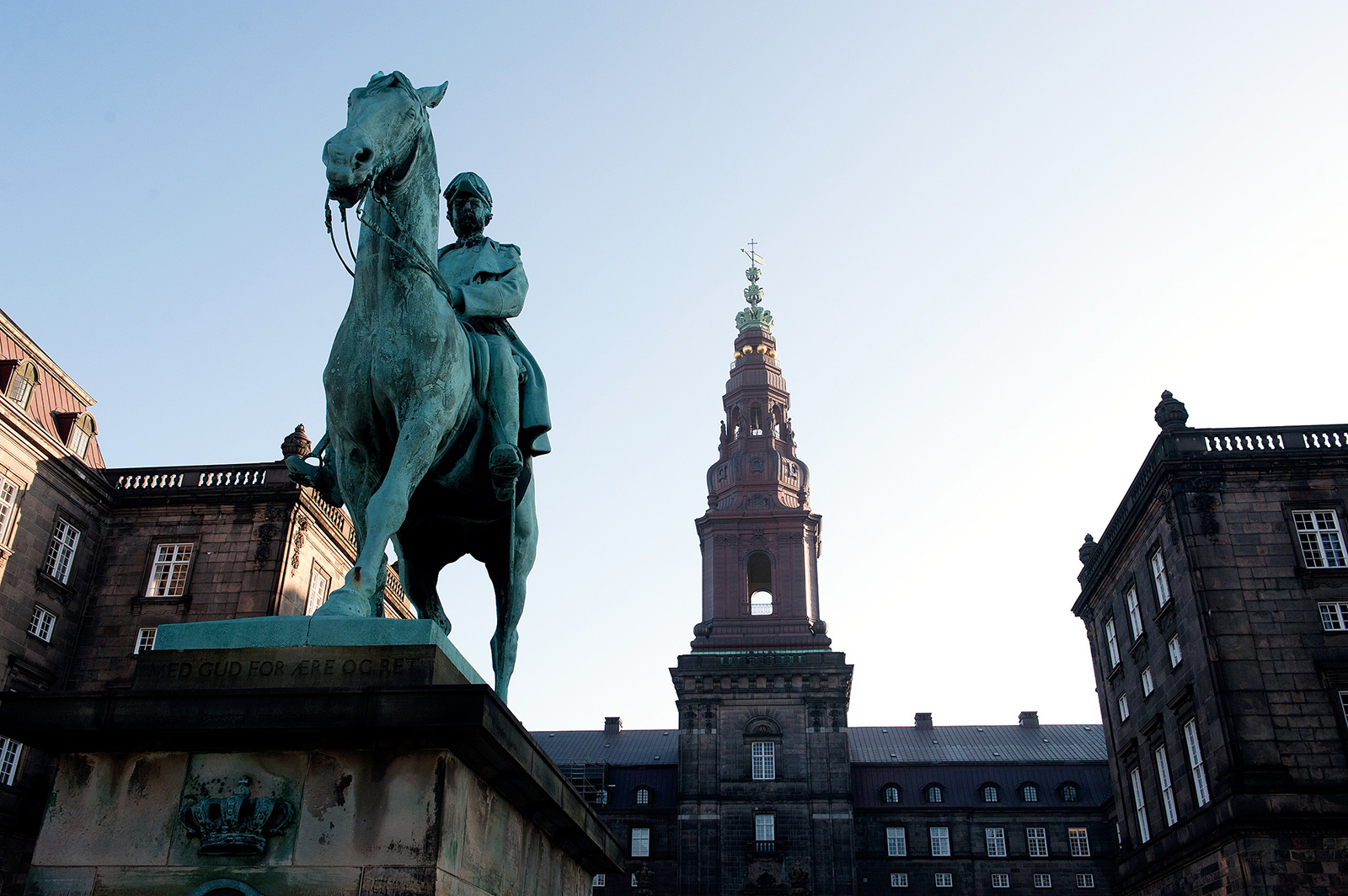
Christiansborg Palace, the Seat of Danish Parliament. Foto: Johannes Jansson©
The parliament of Denmark is called the Folketing, and the system of governance is a parliamentary democracy. There are 16 parties in parliament; since 1909 no party has had enough representatives to govern on its own. Instead, parties form a coalition government with the leader of one of the stronger parties becoming prime minister; national elections are on a four year cycle.
After an election, the new coalition of governing parties presents a government for the monarch’s approval, after which he will appoint the new government.
On Monday, as Frederik’s first day of work in his new role as King he was back at Cristiansborg Palace to attend Pariliament.
School Days

Crown Prince Frederik with other prospective political science students at Aarhus University in August, 1989. Foto: Dan Jakobsen, Aarhus Stiftstidende
Frederik been had enrolled at Aarhus University in 1989 with the intent to take a few courses as his mom had done. By Christmas he resolved to complete his degree.
“I have a lot of good memories from my time at Aarhus University,” said Frederik. “It was an inspiring refuge for me. I clearly remember my first day at school—there was a sense of anticipation, an appetite and curiosity to start a new chapter in life.”
Ultimately his education included a year at Harvard, and by 1995 he had earned his Master of Science degree in political science, as the first Danish royal to earn a university degree.
Having said that, Queen Margrethe II studied Philosophy, Archaeology, and Political Science at Aarhus, and other universities in Denmark and across Europe including Cambridge, the Sorbonne, and London School of Economics.
“No one is born a leader… or perhaps almost no one,” said Frederik in 2018 after cutting the ribbon inaugurating the Crown Prince Frederik Center for Public Leadership, whose raison d'être is to conduct international research at the frontier of knowledge to be applied in and by public organizations.
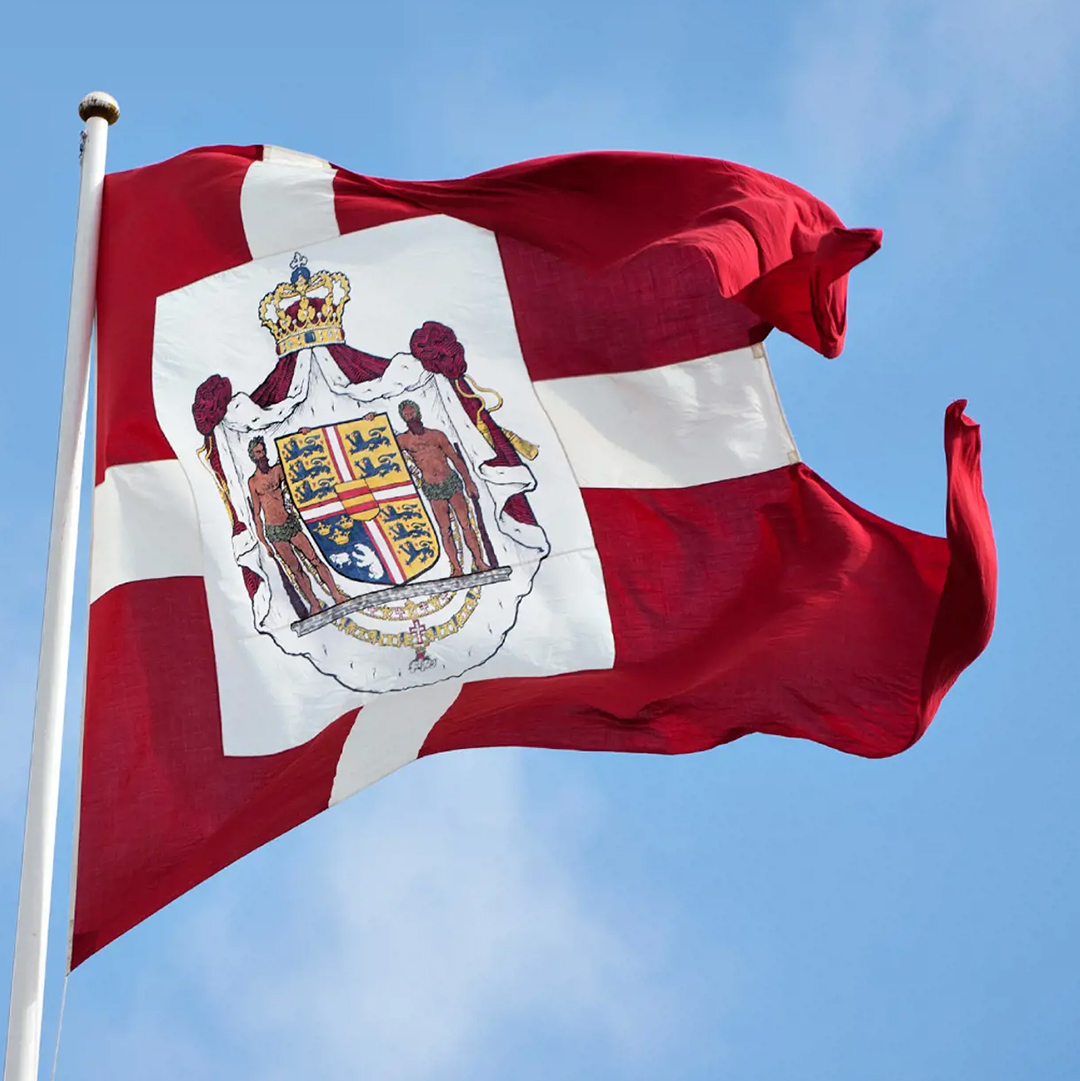
Royal Flag with Coat of Arms, Kongehuset©
Guard Duty
Danish Armed Forces uphold the sovereignty of Denmark, Greenland, and the Faroe Islands, and maintain readiness in the event of national crises. Denmark has a longstanding tradition of international cooperation and operations in the trouble spots of the world.
Frederick began his extensive military service in the Danish Army’s Queen’s Life Guard Regiment in 1986, becoming a platoon commander in the Royal Danish Hussar Guard Regiment before transferring to the army reserve.
He qualified in Fromandskørpset, the Danish Navy Frogman special operations unit, completing the gruelling 9-months of initial training in spite of the notoriously high attrition rate.
Once commissioned in the naval reserve, Frederik enrolled in flight school. He qualified as an air force pilot, and entered the air force reserve in 2000.
He was a staff officer at Denmark’s Defence Command, and senior lecturer with the Institute for Strategy at the Royal Danish Defence College in 2003.
Frederick has also served as a diplomat as a member of Denmark’s mission at the UN, and first secretary of the Danish embassy in Paris—in addition to Danish, Frederik speaks English, French, and German.
After 38 years of military service, and in concert with the succession, King Frederik X was appointed to the highest ranks as Admiral of the Navy, and General of the Army and Air Force, his dress uniform festooned with medals and the breast stars of the Order of the Elephant, and the Grand Commander Cross.
Konge Longe Leve. God Save the King.
__
Story by Van Hansen. Header photo: Keld Navntoft, Kongehuset©
PHOTO GALLERY
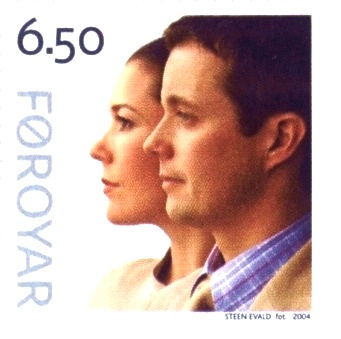



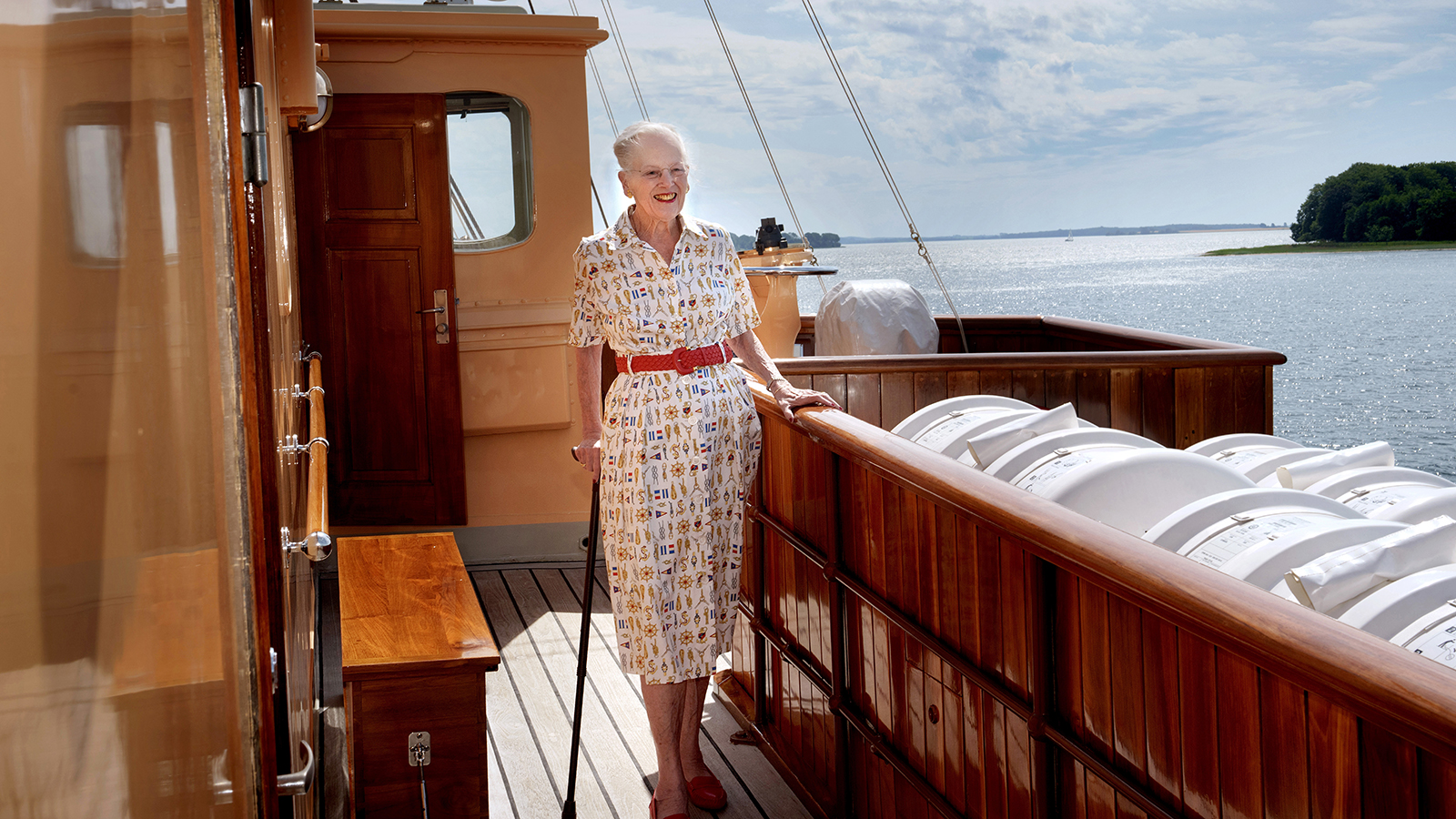
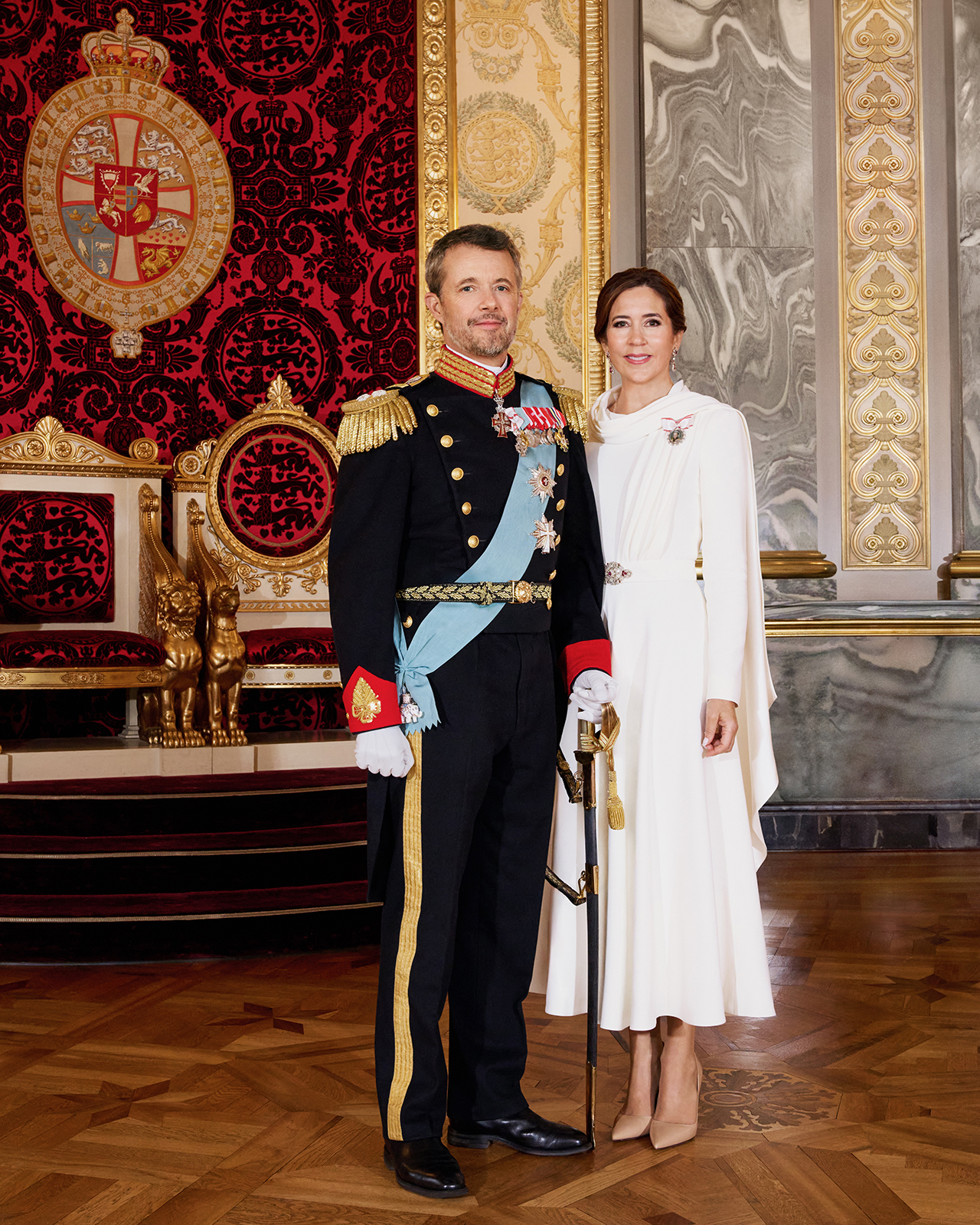


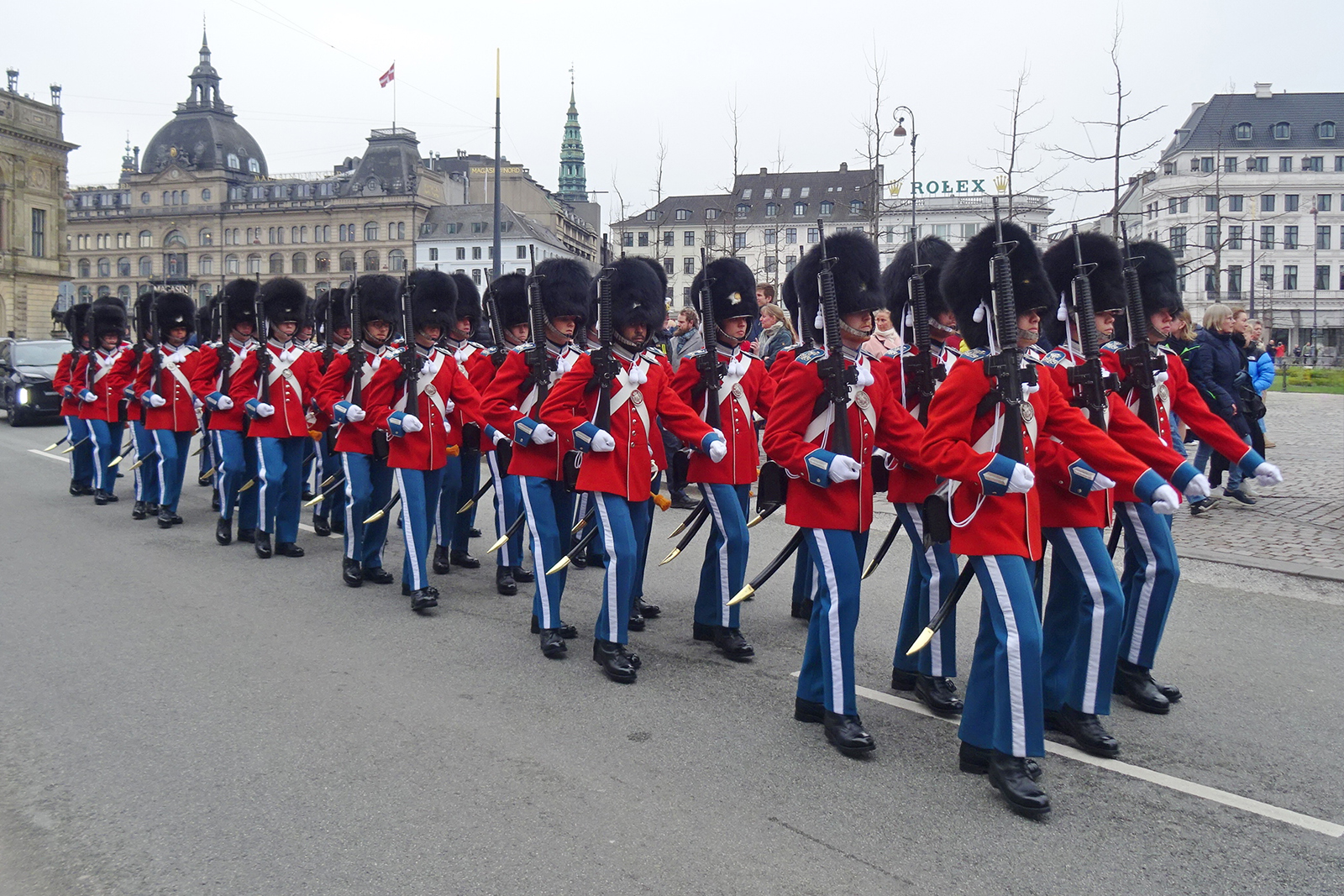
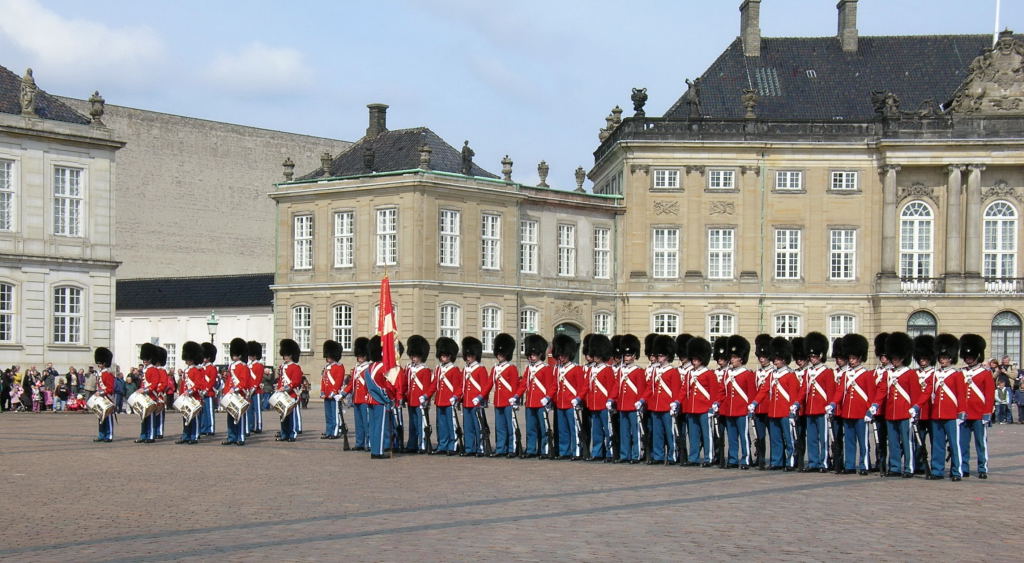
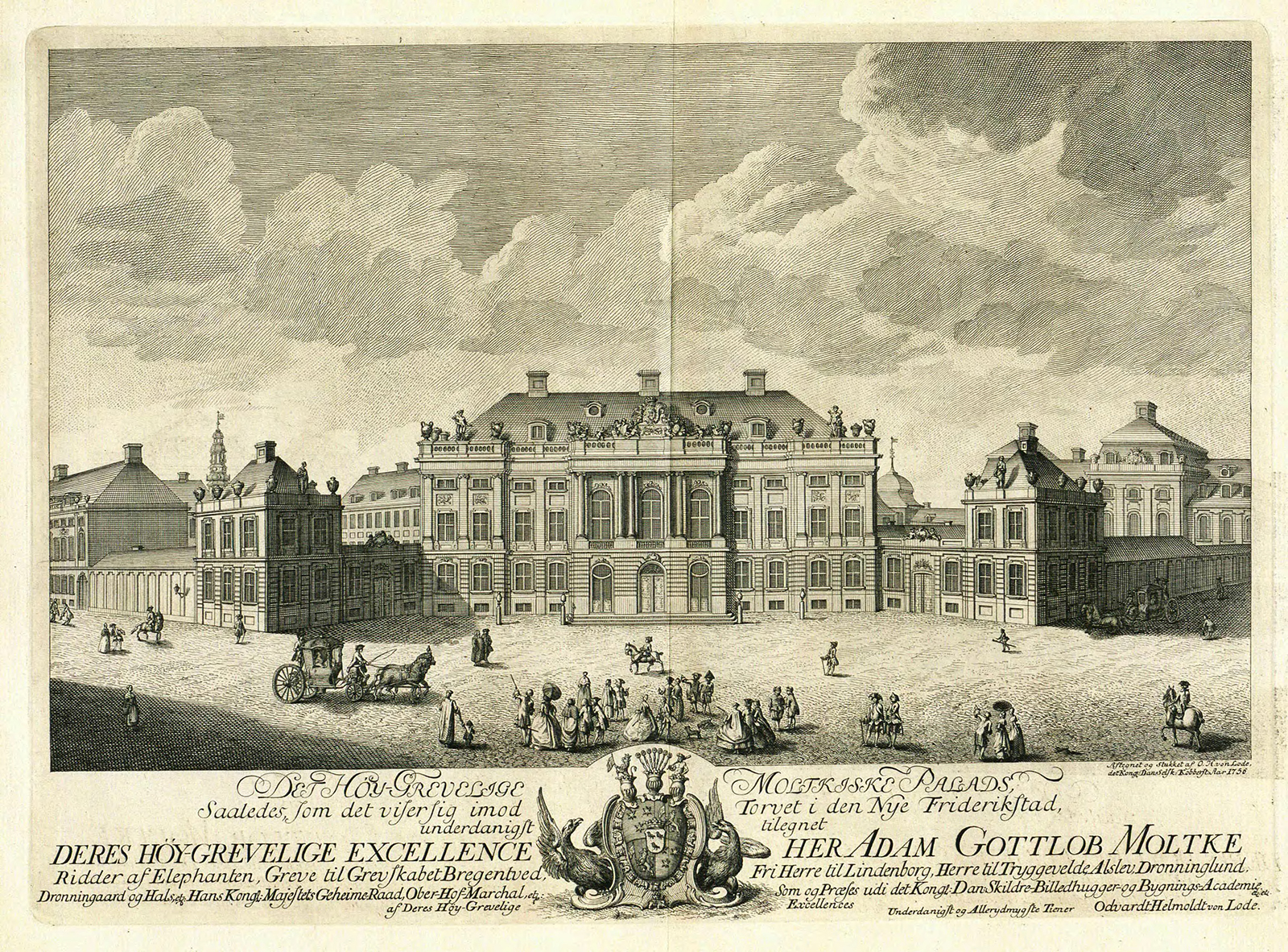
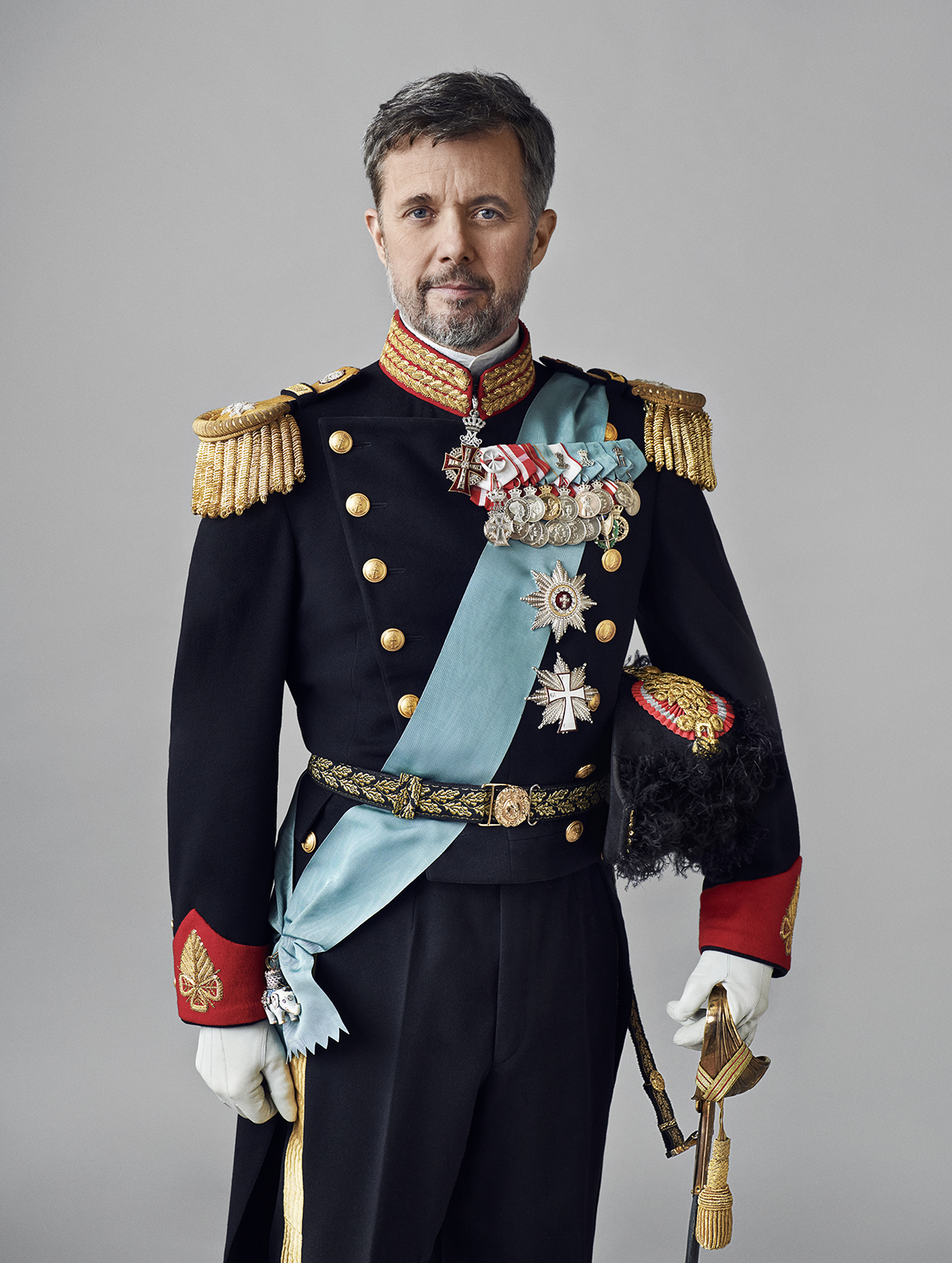

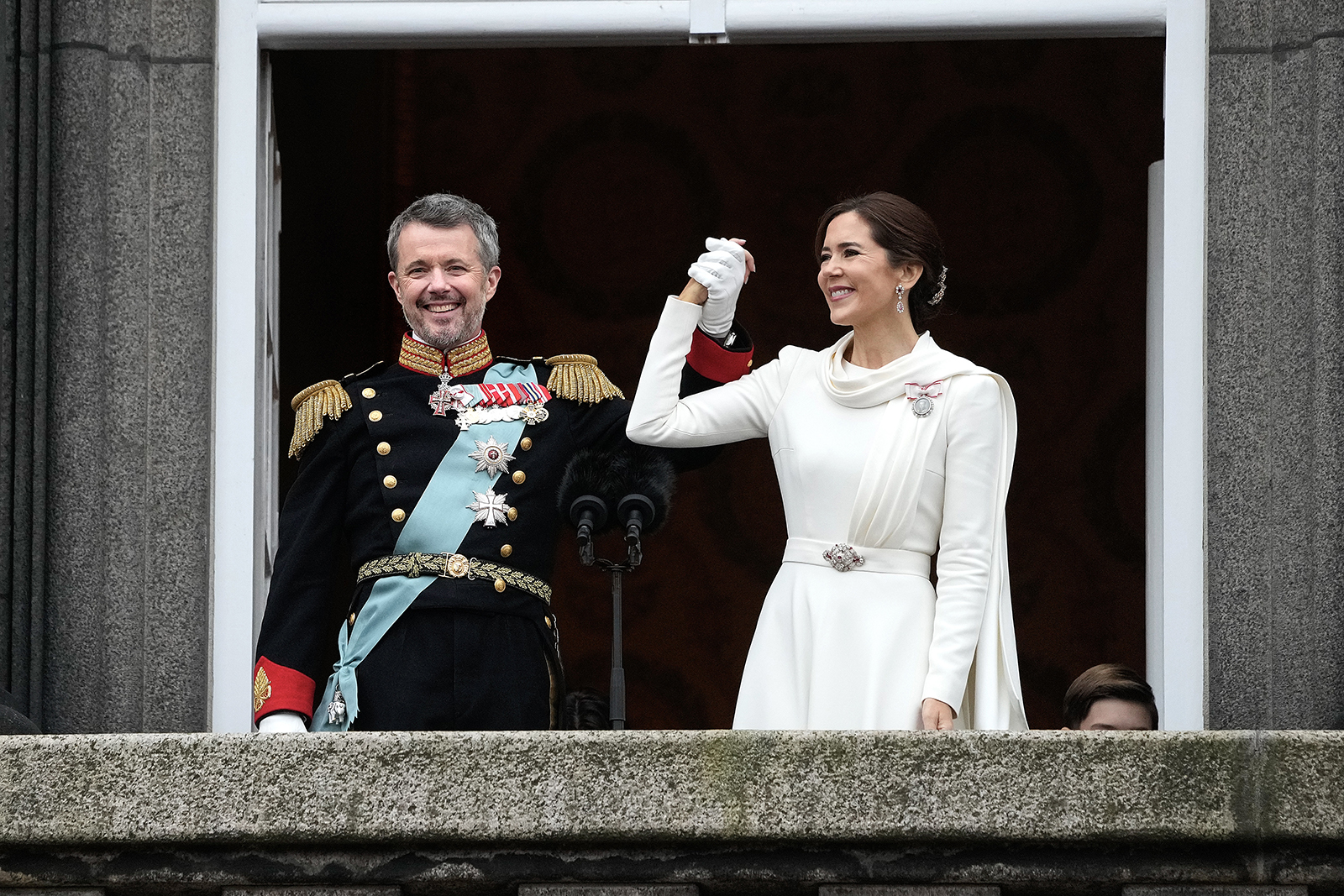

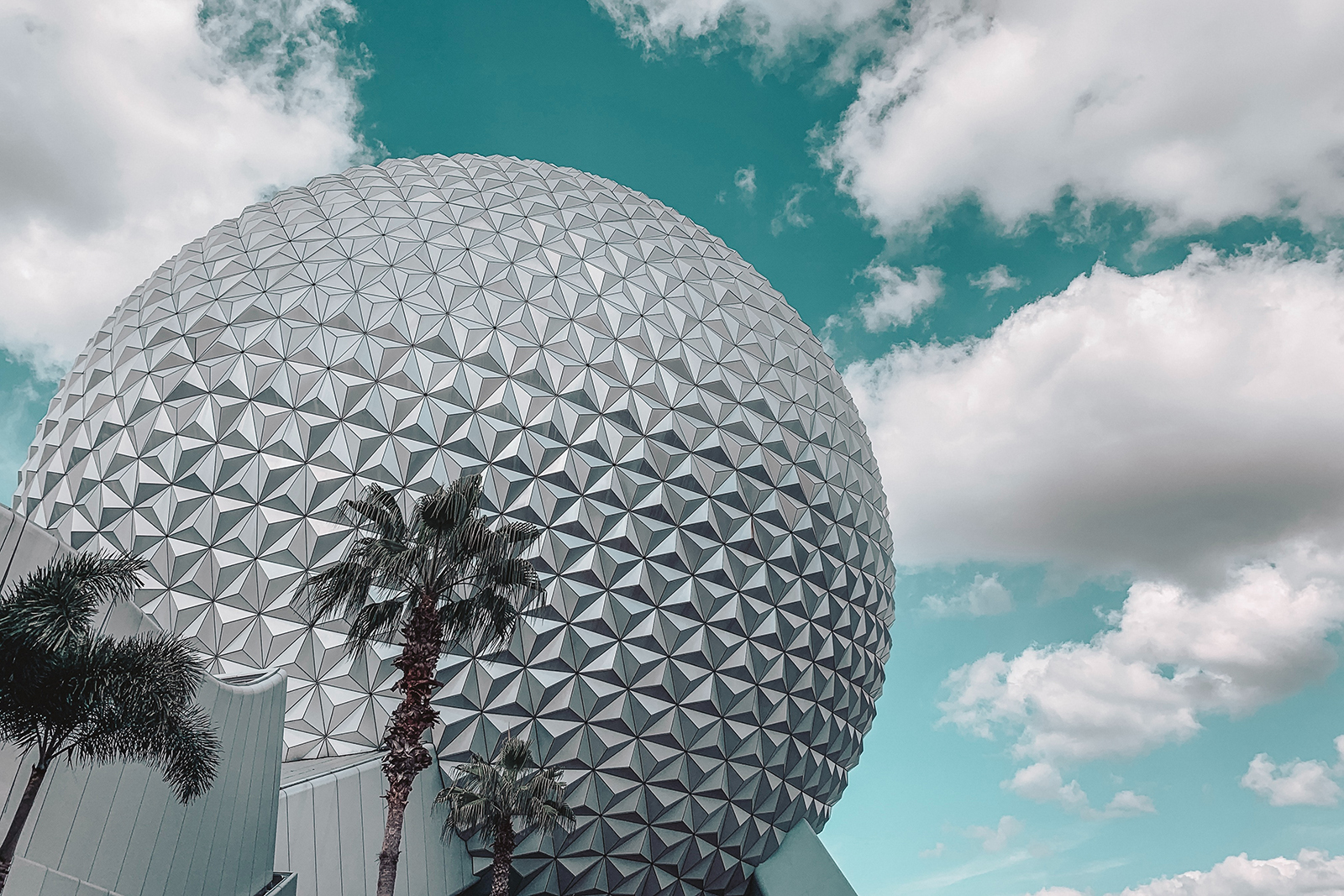



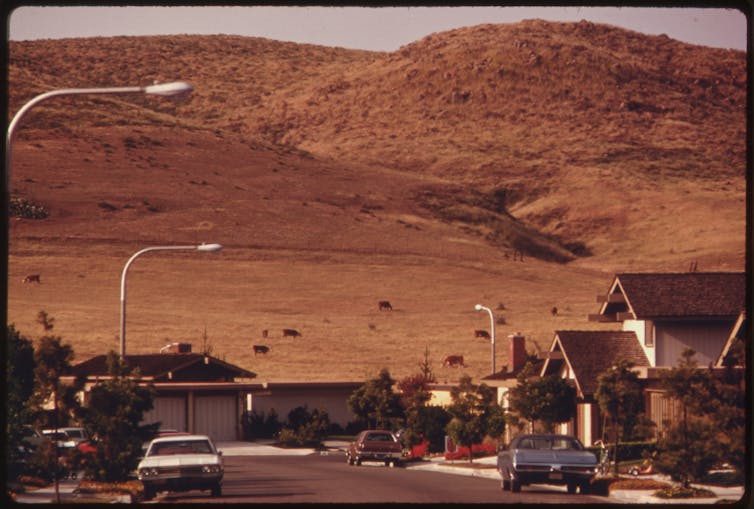
2016_Van_Hansen-560-wide.jpg)
